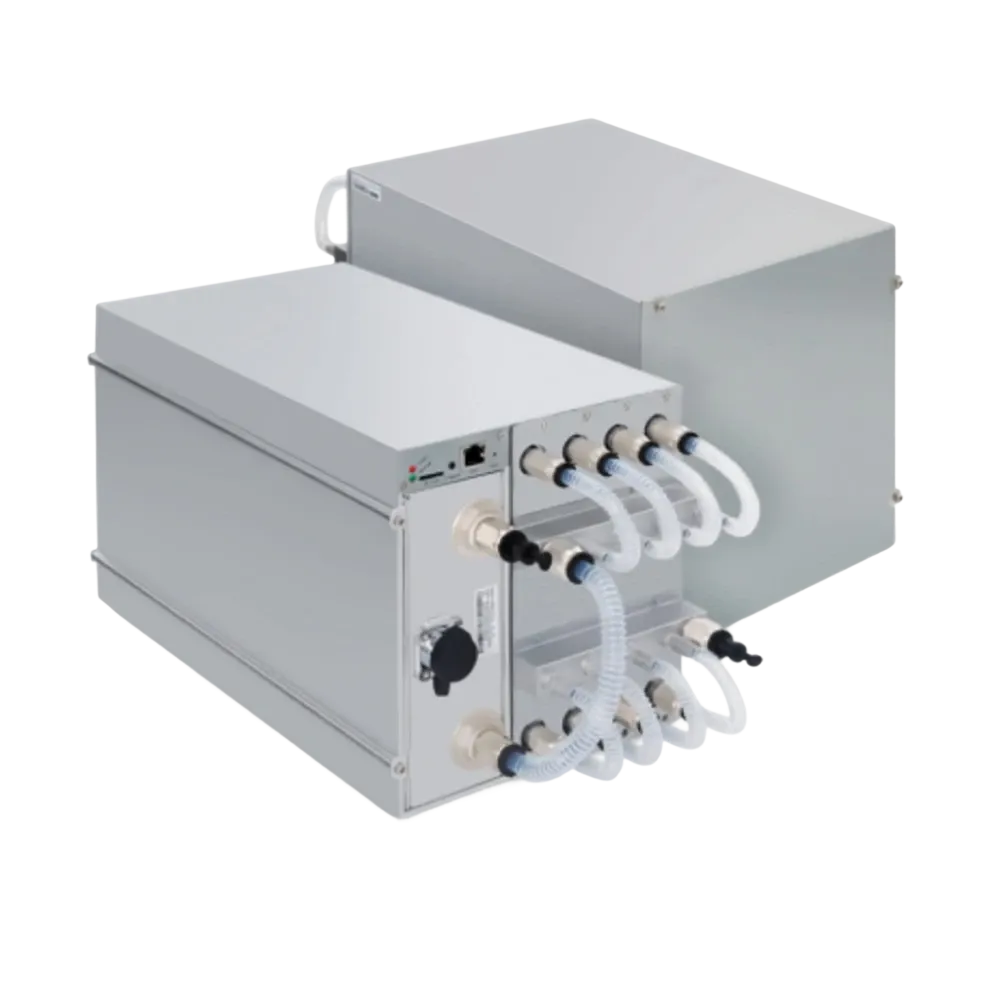Mining algorithms are the cryptographic heart of blockchain mining systems. They determine the method by which miners validate transactions, secure the network, and compete to add new blocks to the blockchain. Choosing the right mining algorithm not only impacts the efficiency and security of mining but also influences the hardware you need and the overall profitability of the mining process. We’re going to explore cryptocurrency mining algorithms in depth—taking a look at what they are, how they function, their types, and how to decide which one suits your mining goals best.
Types of Mining Algorithms
Proof of Work (PoW)
The most well-known mining algorithm type is Proof of Work (PoW). In this system, miners compete to solve cryptographic puzzles that require substantial computational power. The first miner to solve the puzzle broadcasts the solution, earning the right to add a new block and receive rewards.
Several popular algorithms use the PoW model:
- SHA-256: Used by Bitcoin, this algorithm involves repeatedly hashing data until a hash meets certain criteria.
- Scrypt: Preferred by Litecoin and Dogecoin, it requires more memory and is less prone to ASIC domination.
- Ethash: Ethereum's PoW algorithm designed to be ASIC-resistant for broader GPU mining.
Proof of Stake (PoS)
Unlike PoW, Proof of Stake (PoS) algorithms do not rely on massive computational work. Instead, miners (or validators) are chosen based on the number of coins they hold and “stake” in the network. This method significantly reduces energy consumption and increases scalability.
Examples include:
- Ethereum 2.0: Transitioning from PoW to PoS to improve efficiency.
- Cardano: Uses a PoS consensus mechanism called Ouroboros.
Other Consensus Algorithms
Beyond PoW and PoS, several alternative algorithms exist, such as:
- Proof of Authority (PoA): Relies on a set of approved validators.
- Proof of Space: Utilizes unused disk space rather than computational power.
These variations aim to address scalability, security, or decentralization challenges unique to different blockchain projects.
Popular Mining Algorithms
SHA-256 (Bitcoin)
The Bitcoin mining algorithm, SHA-256, is the most famous and widely cited mining algorithm. Developed by the NSA, SHA-256 is a cryptographic hash function that outputs a fixed 256-bit string from input data. This algorithm for Bitcoin mining underpins the entire Bitcoin network’s security by requiring miners to solve complex hash puzzles, ensuring that transactions are securely validated and new blocks are added fairly.
Its advantages include strong security and a well-established ecosystem of ASIC mining algorithms designed specifically for SHA-256, allowing miners to achieve high mining algorithm efficiency. However, it demands significant energy consumption and requires costly hardware.
Scrypt (Litecoin, Dogecoin)
Scrypt was introduced as an alternative to SHA-256 to promote decentralization. It requires more memory, making it less friendly to ASIC miners initially and more accessible to GPU miners.
Scrypt's features have made it popular in altcoins like Litecoin and Dogecoin. However, as ASICs adapted to Scrypt, the mining landscape shifted.
Ethash (Ethereum)
The Ethereum mining algorithm, Ethash, is designed to be memory-hard to prevent ASIC dominance and encourage GPU mining. This helps maintain network decentralization.
Ethash requires miners to access large datasets (called DAGs), making it resistant to ASICs and suitable for a wide range of mining hardware.
Equihash (Zcash)
Equihash is known for enabling privacy-centric cryptocurrencies like Zcash. It uses a PoW approach but is optimized for memory hardness and is more energy-efficient compared to SHA-256.
Its design focuses on minimizing the advantage of ASICs, promoting a more equitable mining ecosystem.
RandomX (Monero)
RandomX stands out as it favors general-purpose CPUs, making it highly accessible. It was developed to counter ASIC mining in Monero, thus maintaining privacy and decentralization.
While RandomX boosts CPU mining, it sacrifices some energy efficiency compared to GPU or ASIC-based algorithms.
How to Choose the Best Mining Algorithm
When figuring out how to choose a mining algorithm, several key factors must be considered:
- Hardware compatibility: Some algorithms perform better with ASICs, while others are optimized for GPUs or CPUs.
- Energy efficiency: The cost of electricity is a major factor in mining profitability.
- Mining pool availability: Access to reliable pools can impact your earnings.
- Profitability: The potential returns after accounting for hardware, energy, and maintenance costs.
Any miners looking to get started in crypto mining should look for the best mining algorithms for 2025 that balance security, efficiency, and accessibility.
Mining Algorithm Comparison
Comparing popular algorithms highlights their trade-offs in speed, energy use, and security:
| SHA-256 | ASIC | Very High | Very High | Very High | Bitcoin |
| Scrypt | ASIC/GPU | High | Moderate | High | Litecoin, Dogecoin |
| Ethash | GPU | Moderate | Moderate | High | Ethereum |
| Equihash | GPU/CPU | Moderate | Moderate | High | Zcash |
| RandomX | CPU | Low | Low | High | Monero |
This mining algorithm comparison helps miners identify the right balance of efficiency and security for their resources.


